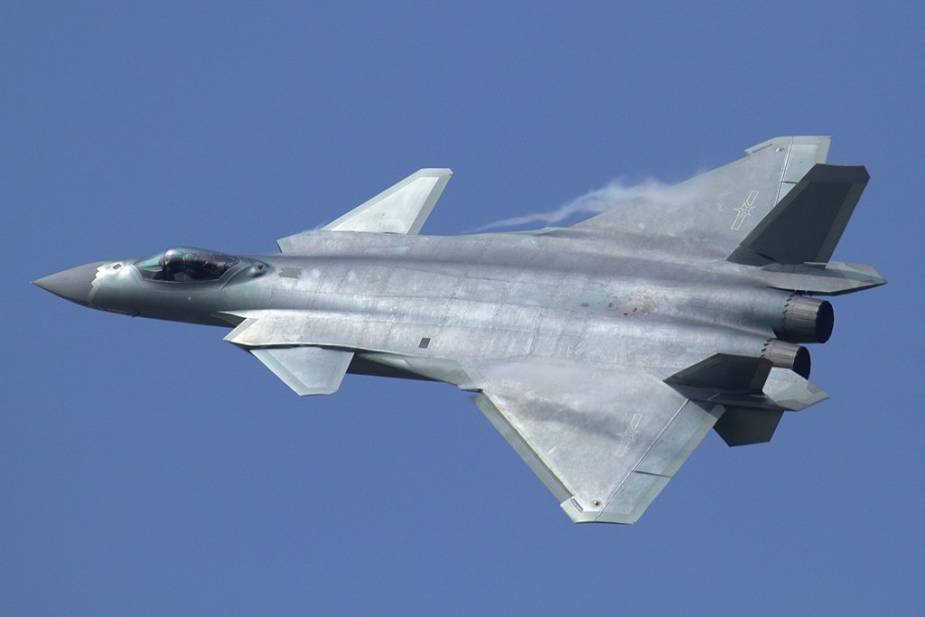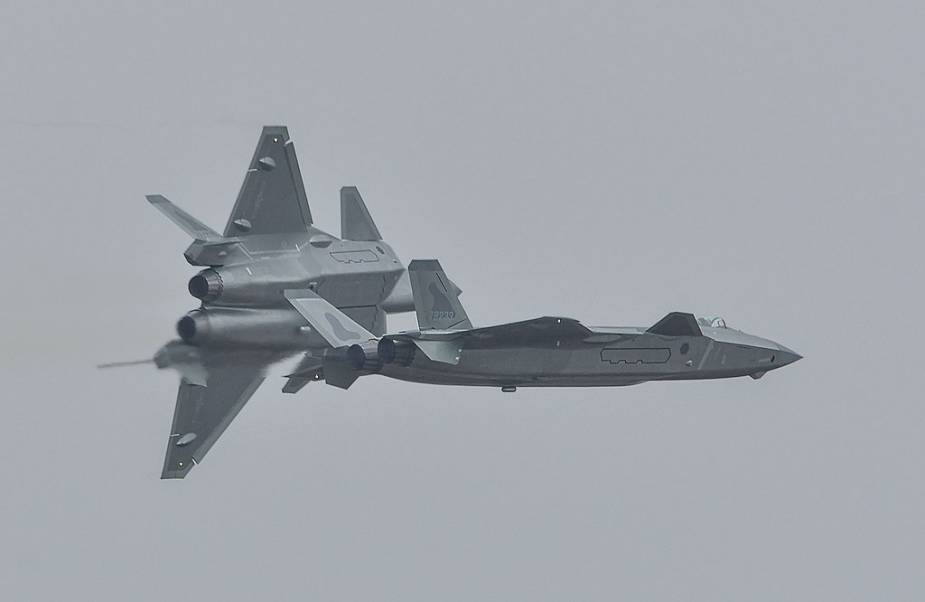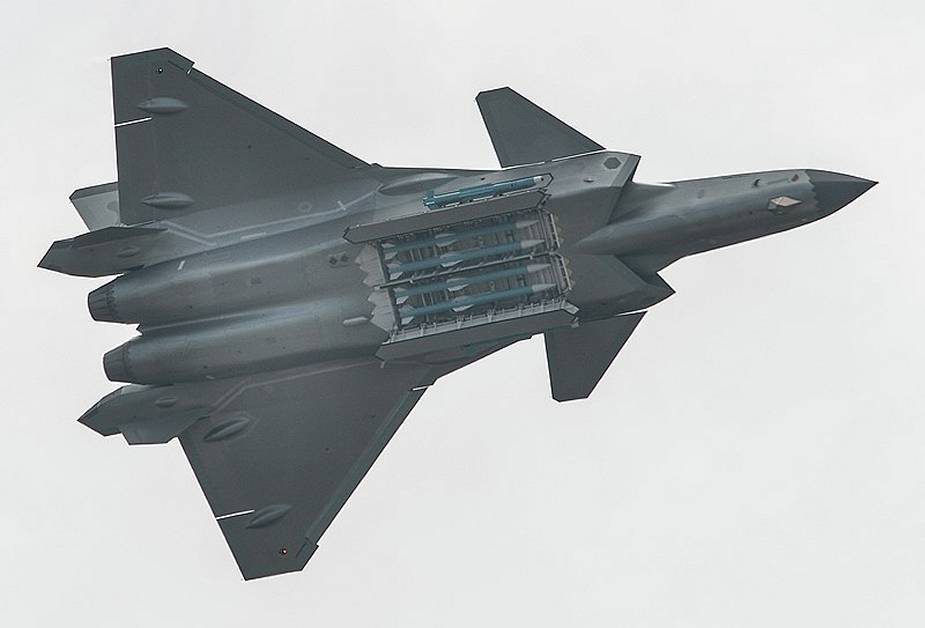The pilot who first flew the Chengdu J-20 believes that China's most advanced stealth fighter jet will be upgraded with 2D thrust vectoring nozzles for its engines, according to a recent news report. This means the aircraft will receive enhanced maneuverability and stealth capability, Liu Xuanzun reports on Global Times.
Follow Air Recognition on Google News at this link

Flypast of a Chengdu J-20 during the opening of Airshow China 2016 in Zhuhai (Picture source: Wikipedia)
The J-20 is expected to be equipped with engines fitted with 2D thrust vectoring nozzles, said Li Gang, the pilot of the J-20's first flight, when asked about his expectations on the future development of the J-20's thrust vector control capability in a recent interview with Hong Kong-based Phoenix TV aired on April 19. Thrust vector control will provide extra maneuverability and 2D nozzles can enhance stealth capabilities of the J-20, Fu Qianshao, a Chinese military aviation expert, told the Global Times on April 19.

Chengdu J-20s during Airshow China 2018 in Zhuhai (Picture source: Wikipedia)
With the flight performance of the J-10B thrust vector control demonstrator at the Airshow China 2018 in Zhuhai, South China's Guangdong Province, China displayed its capability to develop and apply 3D thrust vectoring technology on fighter jets.
Explaining the differences between 2D and 3D thrust vectoring, Fu said that 2D nozzles are rectangular and 3D nozzles are circular, meaning that 2D nozzles have better radar and infrared stealth capabilities than the 3D nozzles. 3D nozzles are often believed to be capable of providing more thrust angles than 2D nozzles, as the U.S. F-22 Raptor's 2D nozzles can only move vertically, but this is a common misunderstanding, Fu said, noting that 2D nozzles can also move horizontally to provide horizontal thrust when so designed, but this design could add development costs.
In the Phoenix TV report, Li also said that he expects the J-20's thrust vectoring nozzles to move only vertically like the F-22, but Fu said that he hopes the J-20's future nozzles will be able to move horizontally, which will make the PLA fighter jet surpass its US counterpart in this aspect.
2021 marks the 10th year of the J-20's maiden flight, and the stealth fighter jet is seeing many new developments, including domestically made engines, removal of Luneburg lens in exercises, and possible development of a twin-seat variation, according to media reports.

Chengdu J-20 showing its armament bay opened at Airshow China 2018 in Zhuhai (Picture source: Wikipedia)
















